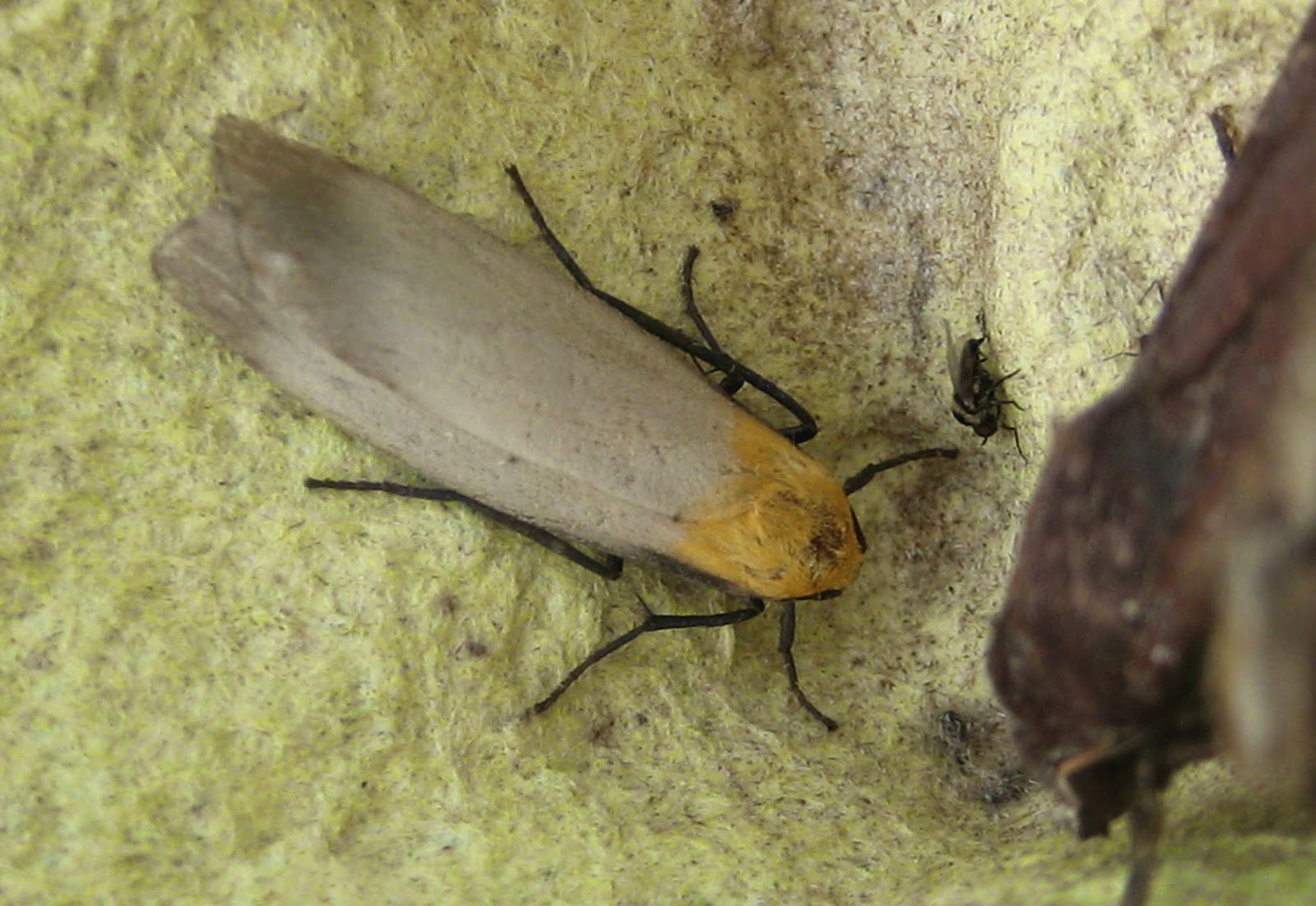Continuing my efforts to record all the many butterflies which are enjoying this vintage summer, here's another selection. Although none of them are rare, they have led me a merry dance compared with the soporific moths which are my usual photographic stock in trade.
The pictures above, for example, are the nearest I could get to a Red Admiral and our many Peacocks in the last few days. Our buddleia has grown very high and its best honey-scented tresses are at the top.
The Marbled White above was different. The thriving colony along the nearest footpath is getting old now and a little tired and this individual sat obligingly on two nearby perches to allow me to take pictures. They are especially lovely butterflies, delicate in flight and like small chequers boards when at rest. I first encountered them flying with Common Blues on a scorching summer day at Wharram Percy, the lovely abandoned mediaeval village on the chalky Yorkshire Wolds near Malton. Now, many miles further south, I have the same combination a hundred yards from our front door,
I got reasonable co-operation too from the Hedge Brown in the last picture, one of a large gang who flutter restlessly round the big daises in our border. Coming soon: the Ringlet, Meadow Brown and others, as the tally mounts.























































